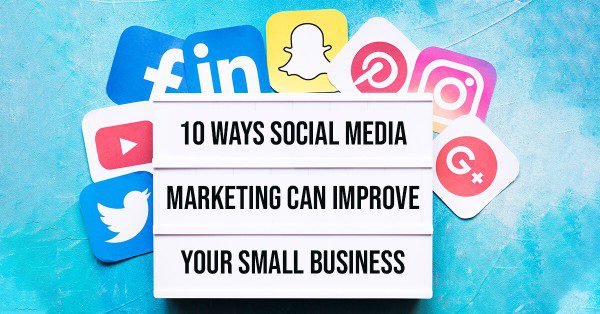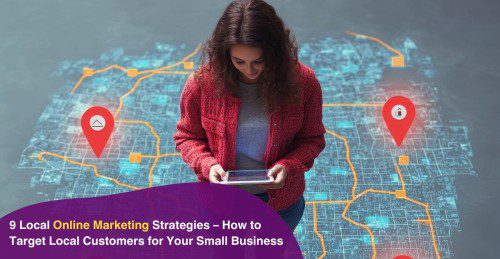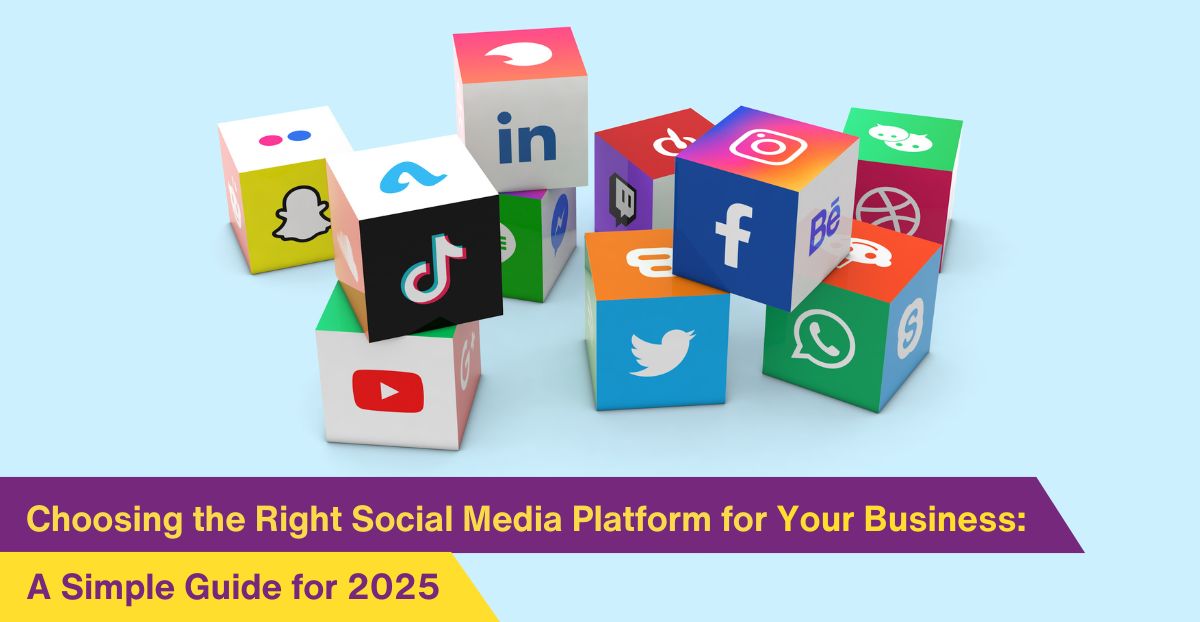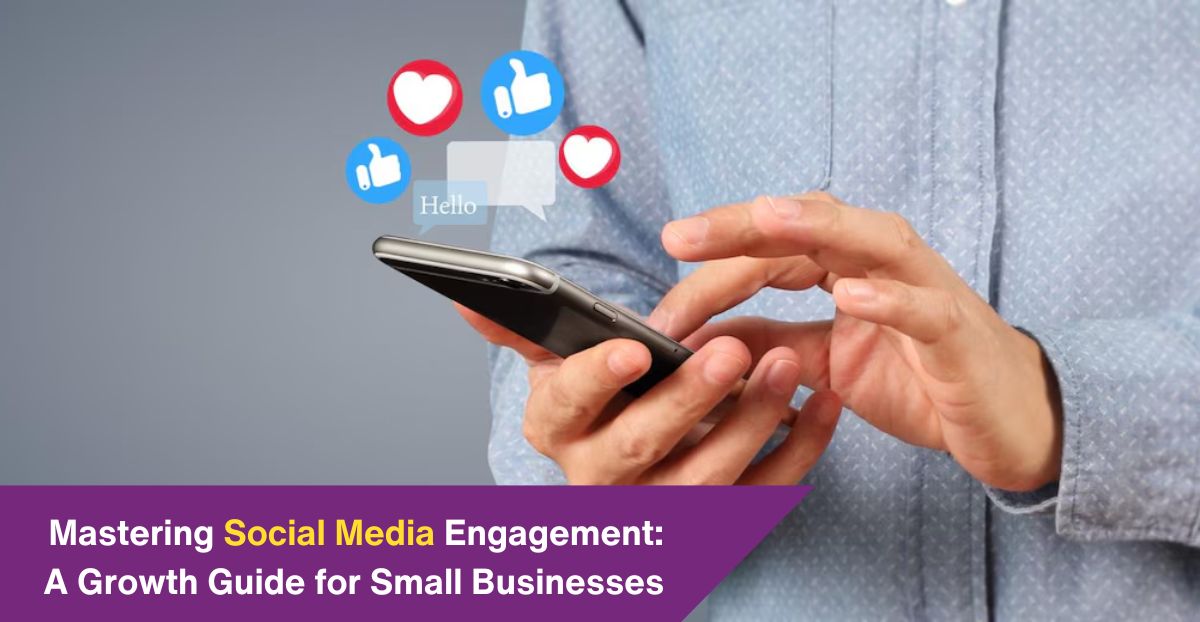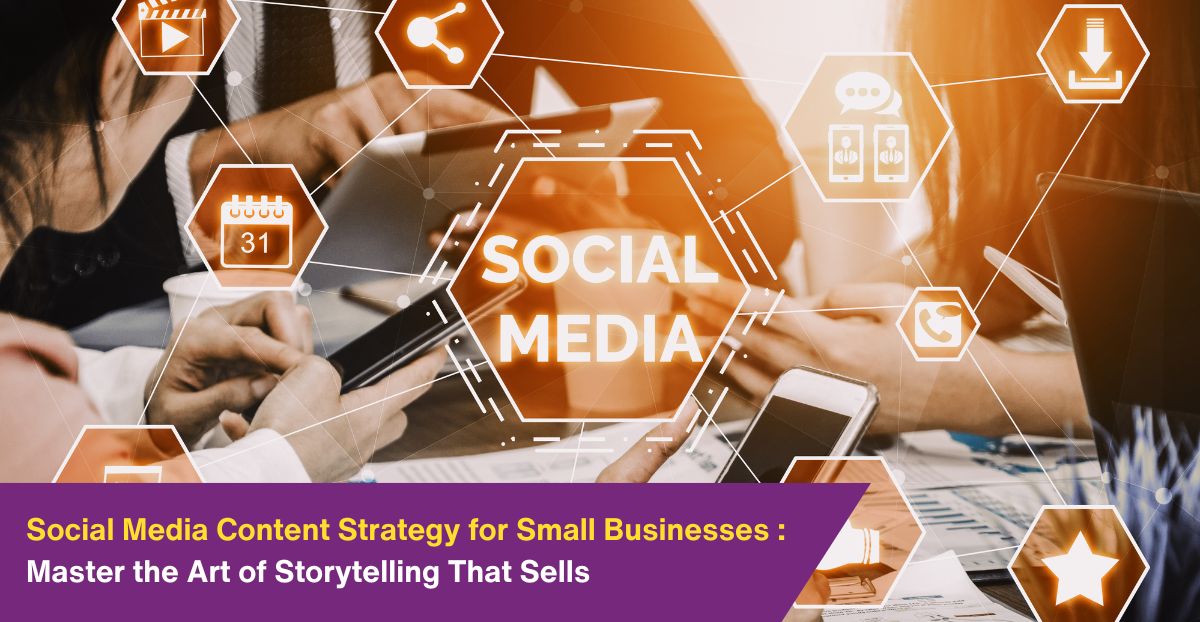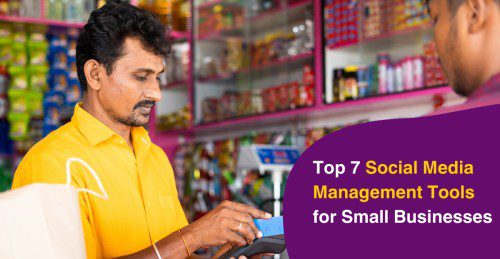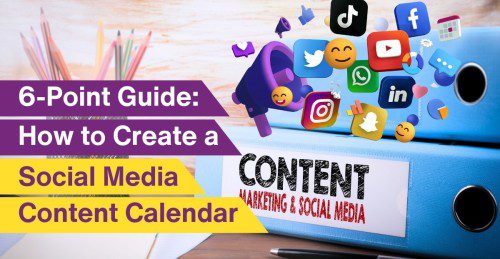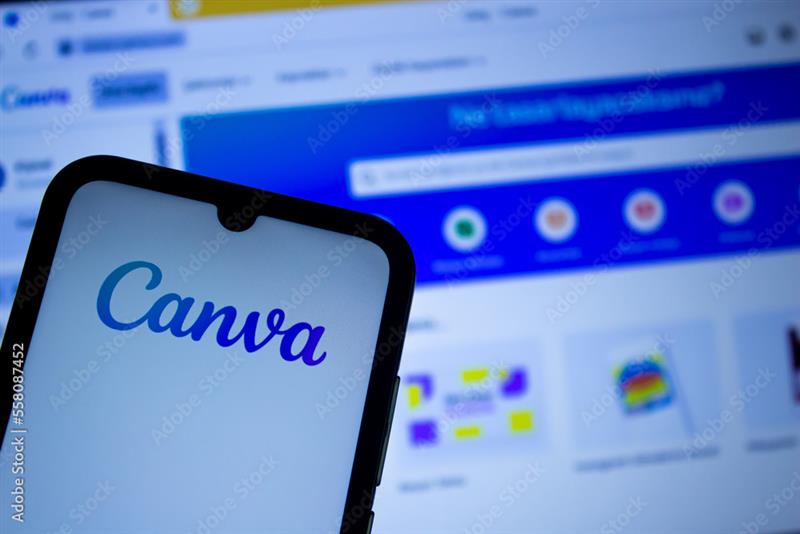Fuel Your Business Ambition - Go Social, Go Big!
- Grow your business using Social Media
- Introduction of Expert
- Importance of Social Media and various channels
- Tips on Content creation for Social Media
- Importance of Brand Reputation on Social Media
- Onus of Social Media Management - Self or Agency
- KPIs for agency
- Conclusion
- Rapid fire
Social Media Marketing: Actionable Checklist
Choose platforms wisely, create consistent and valuable content, engage actively, and maintain a strong brand identity. Balance paid and organic strategies, avoid common mistakes, use analytics smartly, and stay authentic for lasting impact.
Download ChecklistLatest on Social Media
Resources for Social Media
Connections to the ecosystem
Related Stories
Related Events
FAQs
A social media marketing strategy is a comprehensive plan that outlines how a business will use social media platforms to achieve its marketing and branding goals. This strategy includes selecting the right platforms, creating a content calendar, defining target audiences, setting measurable objectives (like brand awareness, lead generation, or customer engagement), and using analytics to track progress. For business owners and founders, having a well-defined social media strategy is crucial to staying competitive and building an online presence.
To develop a successful social media strategy, business owners need to start by identifying their target audience, including demographics and online behavior. From there, they should choose the right platforms based on where their audience is most active (e.g., Instagram for younger users, LinkedIn for professionals). The next step is to set clear goals, whether it’s driving website traffic, boosting engagement, or increasing sales. Consistent, engaging content that resonates with the audience is essential, as is tracking performance through insights and analytics. Business founders can also refine their strategies by monitoring competitors and staying updated on social media trends.
Social media marketing is a powerful tool for business owners to reach a broader audience, increase brand visibility, and build stronger relationships with customers. Platforms like Facebook, Instagram, LinkedIn, and Twitter offer opportunities to create meaningful engagement through content, while paid advertising allows businesses to target specific customer groups. In today’s digital age, having an active social media presence helps build trust, increases credibility, and allows businesses to keep pace with competitors who are using these platforms to attract new customers and retain existing ones.
The most suitable social media platforms depend on the type of business and its target audience. For example, Facebook is ideal for reaching a broad, diverse audience, while Instagram is popular for businesses with visually appealing products like fashion, food, and lifestyle brands. LinkedIn is crucial for B2B companies and professional networking, while Twitter is great for real-time engagement and customer service. Founders should consider where their audience spends most of their time and choose platforms that align with their business goals and content style.
Posting frequency depends on the platform and the industry, but consistency is key. On platforms like Instagram or Facebook, posting 3-5 times per week ensures that the audience remains engaged without overwhelming them. Twitter, being more fast-paced, may require multiple daily posts to stay relevant in the conversation. Business owners should also focus on quality over quantity—posting content that adds value to their audience will yield better results than frequent but low-impact posts. Utilizing analytics to track engagement and adjust posting frequency accordingly can help refine the strategy.
The most effective content is tailored to the platform and audience. For instance, Instagram and Pinterest are ideal for sharing high-quality visuals like photos and infographics, while LinkedIn is great for sharing industry insights, professional tips, and case studies. Engaging video content, such as tutorials or behind-the-scenes footage, performs well across multiple platforms. Founders can also benefit from using user-generated content (UGC), customer testimonials, and interactive content like polls or Q&A sessions to foster a deeper connection with their audience.
Local businesses can leverage features like geo-targeted ads, location-based hashtags, and check-ins to attract nearby customers. Platforms like Facebook and Instagram allow business owners to target ads specifically to users within a certain geographical radius. Additionally, encouraging customers to leave reviews and tagging the business in posts can increase visibility in the local community. Engaging with local events and partnerships, as well as participating in relevant local online groups, can help further build a local customer base.
Building a social media presence from scratch requires setting up fully optimized profiles across relevant platforms. Business owners should ensure all profiles include complete and consistent branding elements like logos, descriptions, and contact details. Next, focus on posting high-quality, engaging content consistently to attract followers. Engaging with users by responding to comments and messages helps foster connections. Founders can also run targeted ad campaigns to reach their ideal audience quickly and use promotions, giveaways, or collaborations to boost their visibility.
Common pitfalls include lacking a clear strategy, focusing on too many platforms at once, inconsistent posting, and not engaging with followers. Business owners may also rely too heavily on promotional content, which can drive away audiences who prefer value-driven, informative posts. Another mistake is neglecting analytics—without tracking performance, it’s difficult to know which strategies are working and which aren’t. Founders should aim to create a balance between promotion, engagement, and informative content while continuously refining their approach based on data.
Business owners can use platform-specific analytics tools (e.g., Instagram Insights, Facebook Analytics) to track key performance metrics like engagement (likes, shares, comments), reach, impressions, and follower growth. More advanced metrics include conversion rates, such as how many users clicked through to a website or made a purchase. By monitoring these metrics, founders can gauge which content and strategies are driving results, allowing them to refine their approach and make data-driven decisions.
Local businesses should ensure that their social media profiles are complete with up-to-date business information, including hours of operation, address, and contact details. Engaging with the local community through location tags, local hashtags, and partnerships with other nearby businesses can help increase visibility. Business owners should also actively manage customer reviews and feedback, respond promptly to inquiries, and showcase local events or promotions to draw in nearby customers.
Yes, paid social media ads can be a valuable investment for businesses looking to expand their reach quickly. Paid ads allow business owners to target specific demographics, behaviors, and locations, providing a higher return on investment than organic reach alone. Even with a modest budget, founders can run campaigns that promote products, special offers, or events. Paid ads also provide detailed performance metrics, enabling businesses to optimize future campaigns based on what works best.
Social media is an excellent platform for building long-term relationships with customers. Business owners can strengthen customer loyalty by responding to comments and messages quickly, running exclusive promotions or giveaways for followers, and sharing user-generated content. Additionally, founders can use social media to create a community around their brand by sharing behind-the-scenes content, providing valuable insights, and interacting with customers in a personal, authentic way.
Organic social media marketing involves posting content without any paid promotion, relying on your followers to engage and share. Paid social media marketing, on the other hand, uses advertising to reach a larger or more specific audience, often through targeting options like location, age, or interests. Both approaches have value—organic marketing helps build trust and authenticity over time, while paid advertising can give businesses an immediate boost in visibility and engagement. Founders often find success by combining both strategies.
Business owners and founders can stay informed about social media trends by following industry blogs, attending webinars, subscribing to newsletters from social media platforms, and participating in online communities focused on digital marketing. Networking with other business owners and monitoring competitors’ social media strategies can also provide valuable insights. Regularly reviewing platform updates and new features can ensure that businesses remain competitive and make the most of evolving trends.
